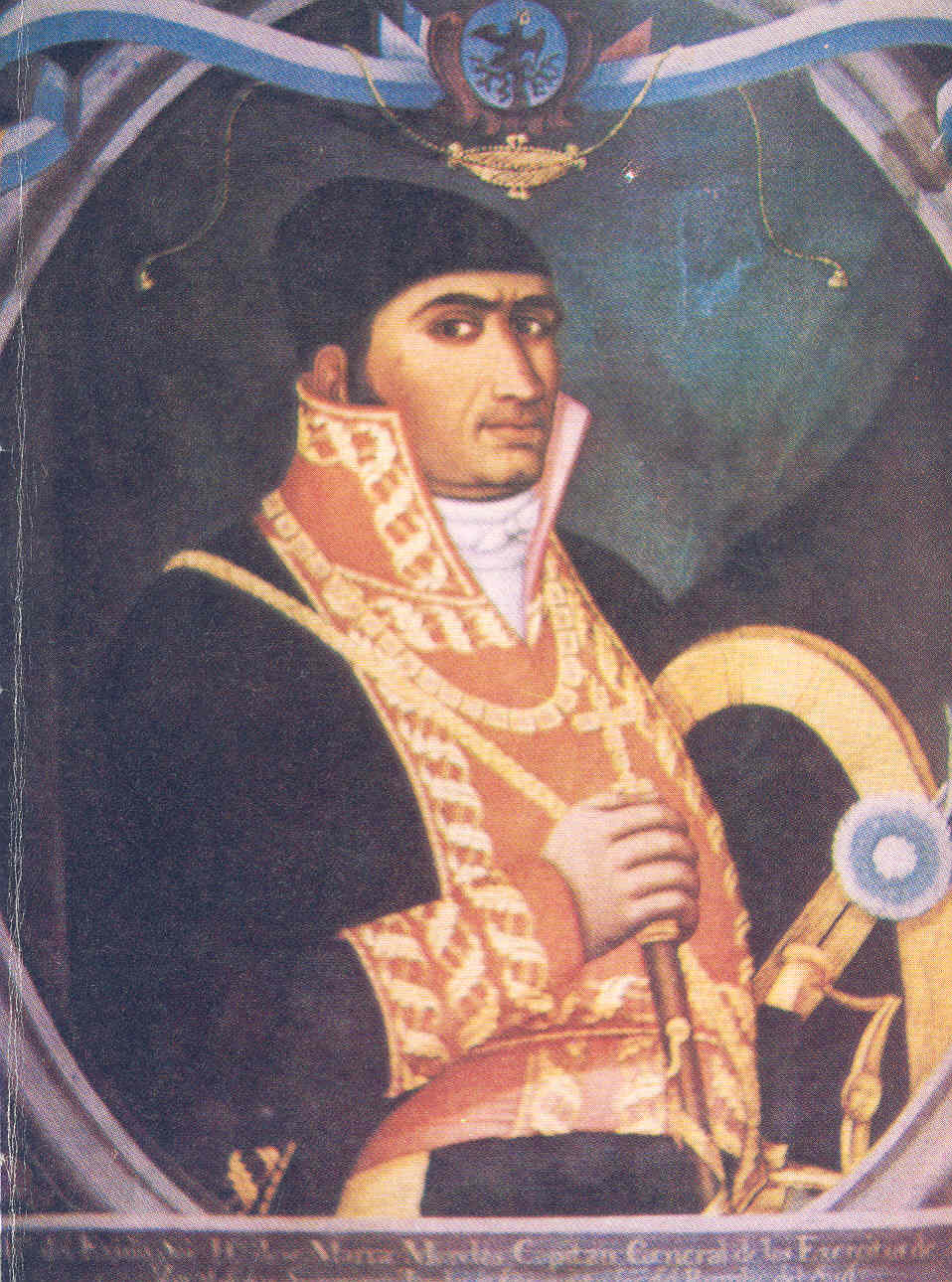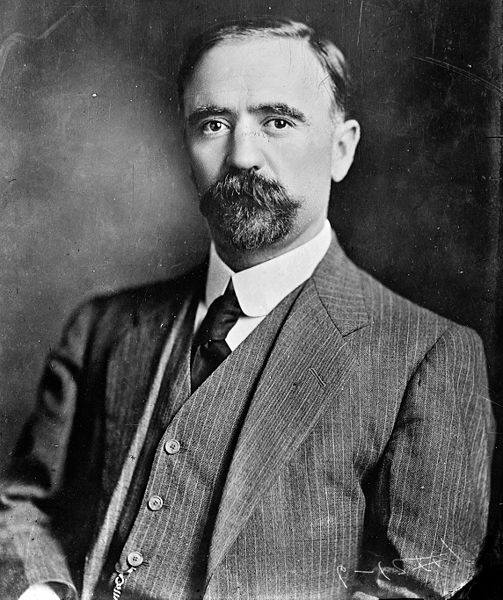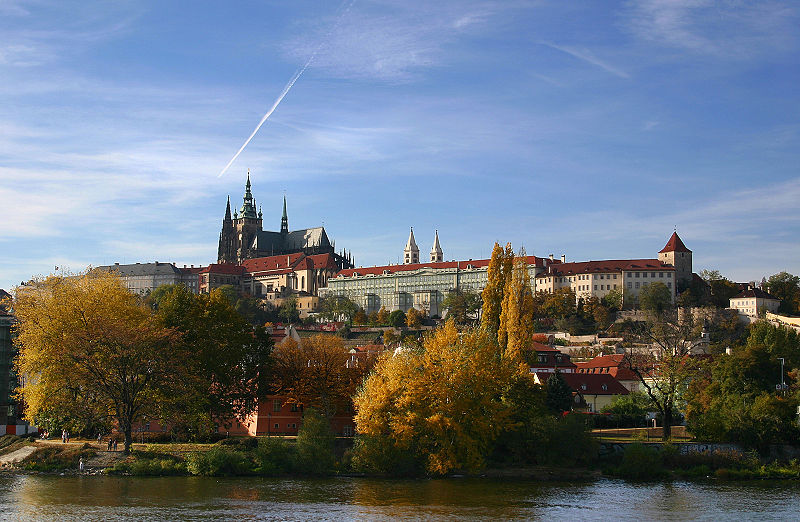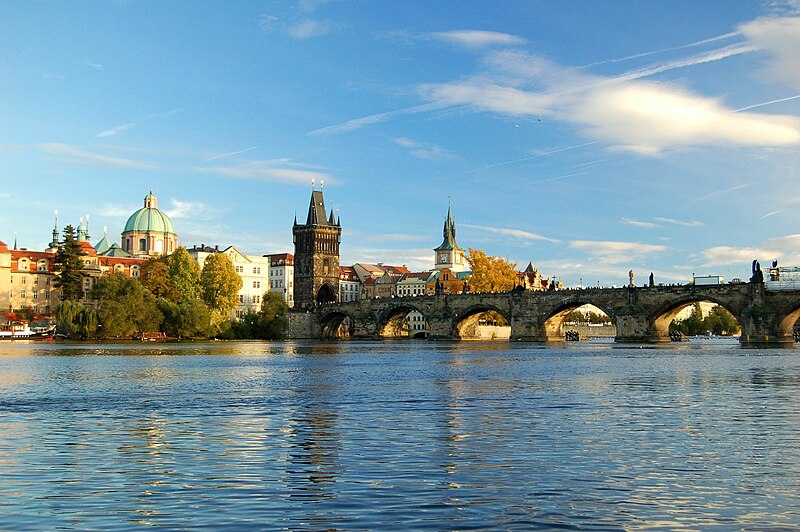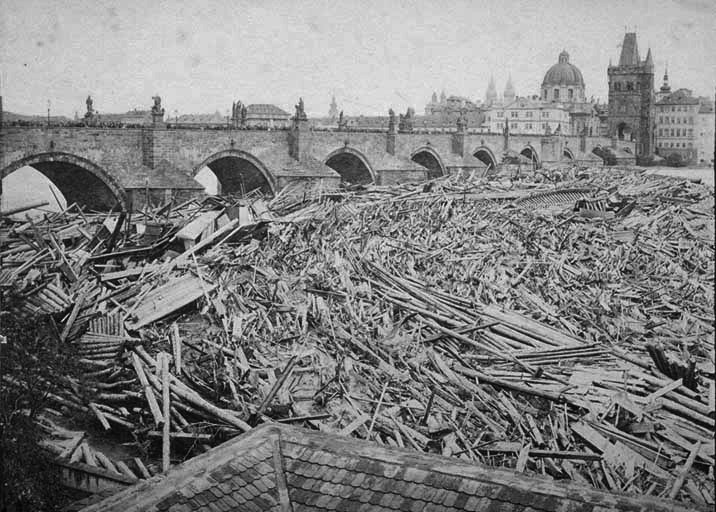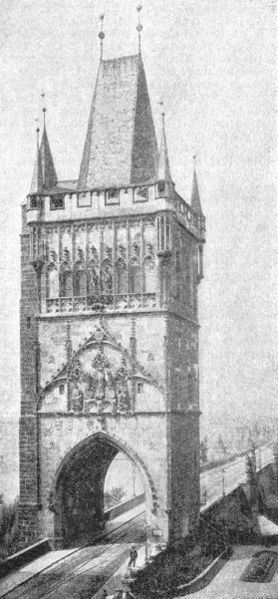
 Romania 100 Lei 1966 VG
Romania 100 Lei 1966 VGFront: Nicolae Balcescu (1819-1852)
Back: The Athenaeum in Bucharest
Nicolae Bălcescu was a Romanian Wallachian soldier, historian, journalist, and leader of the 1848 Wallachian Revolution. He was a passionate student of history. At the age of 19, he joined the Wallachian Army, and, in 1840, took part, alongside Eftimie Murgu and Cezar Bolliac, in Mitică Filipescu's conspiracy against Prince Alexandru II Ghica. The plot was uncovered, and Bălcescu was imprisoned in Mărgineni Monastery, where he remained for the following two years. The rough imprisonment conditions left irreversible marks on Bălcescu's health. While in Paris (1846), he became leader of the Romantic nationalists and liberal-radical group. His final years saw an intense publishing activity, including his study, written in French, Question economique des Principautes Danubiennes, as well as a collaboration with Adam Mickiewicz on La Tribune des Peuples. Stricken by tuberculosis, impoverished, and constantly moving between various locations in France and the Italian Peninsula, he died in Palermo (in the Two Sicilies) at 33 years of age. Bălcescu never married, though he and his lover Alexandra Florescu had a son, Bonifaciu Florescu (1848-1899), who became a professor of French language and literature.
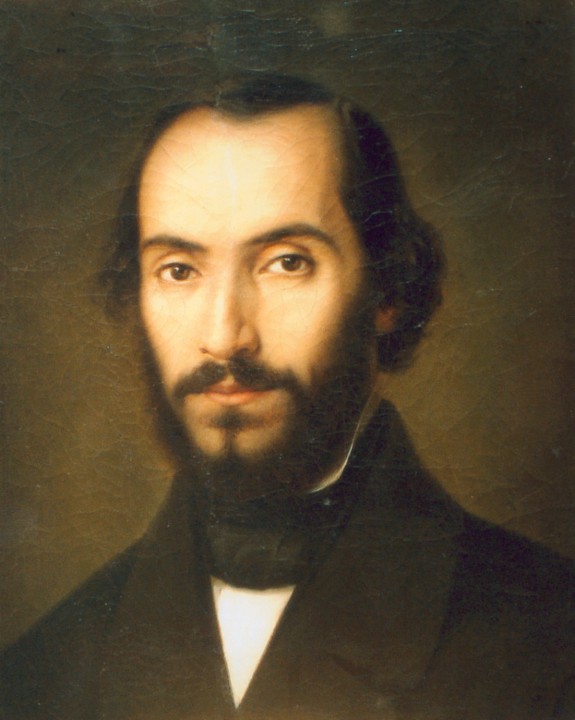

The Romanian Athenaeum is a concert hall in the center of Bucharest, Romania and a landmark of the Romanian capital city. Opened in 1888, the ornate, domed, circular building is the city's main concert hall and home of the "George Enescu" Philharmonic and of the George Enescu annual international music festival. In 1865, cultural and scientific personalities such as Constantin Esarcu, V. A. Ureche, and Nicolae Creţulescu founded the Romanian Atheneum Cultural Society. To serve its purposes, the Romanian Athenaeum, a building dedicated to art and science, would be erected in Bucharest. The building was designed by the French architect Albert Galleron, built on a property that had belonged to the Văcărescu family and inaugurated in 1888, although work continued until 1897. A portion of the construction funds was raised by public subscription in a 28-year long effort, of which the slogan is still remembered today: "Spend one leu for the Ateneu!"





